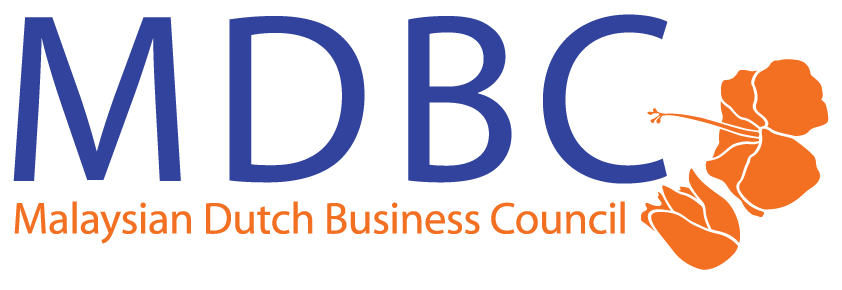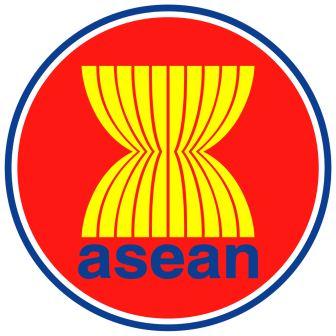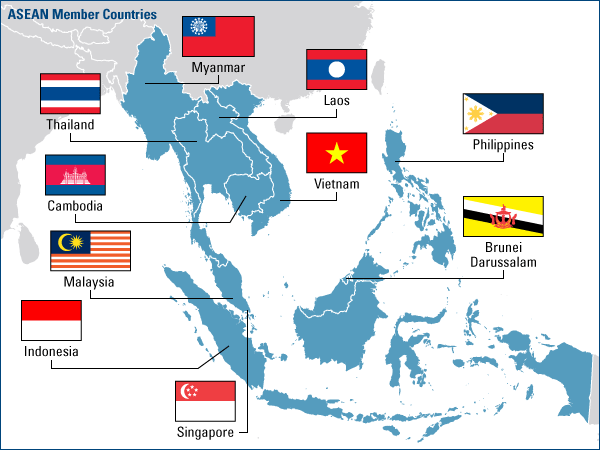Additional Information
As set out in the ASEAN Declaration, the aims and purposes of ASEAN are:
1. To accelerate the economic growth, social progress and cultural development in the region through joint endeavours in the spirit of equality and partnership in order to strengthen the foundation for a prosperous and peaceful community of Southeast Asian Nations;
2. To promote regional peace and stability through abiding respect for justice and the rule of law in the relationship among countries of the region and adherence to the principles of the United Nations Charter;
3. To promote active collaboration and mutual assistance on matters of common interest in the economic, social, cultural, technical, scientific and administrative fields;
4. To provide assistance to each other in the form of training and research facilities in the educational, professional, technical and administrative spheres;
5. To collaborate more effectively for the greater utilisation of their agriculture and industries, the expansion of their trade, including the study of the problems of international commodity trade, the improvement of their transportation and communications facilities and the raising of the living standards of their peoples;
6. To promote Southeast Asian studies; and
7. To maintain close and beneficial cooperation with existing international and regional organisations with similar aims and purposes, and explore all avenues for even closer cooperation among themselves.
In their relations with one another, the ASEAN Member States have adopted the following fundamental principles, as contained in the Treaty of Amity and Cooperation in Southeast Asia (TAC) of 1976:
1. Mutual respect for the independence, sovereignty, equality, territorial integrity, and national identity of all nations;
2. The right of every State to lead its national existence free from external interference, subversion or coercion;
3. Non-interference in the internal affairs of one another;
4. Settlement of differences or disputes by peaceful manner;
5. Renunciation of the threat or use of force; and
6. Effective cooperation among themselves.
The ASEAN Charter serves as a firm foundation in achieving the ASEAN Community by providing legal status and institutional framework for ASEAN. It also codifies ASEAN norms, rules and values; sets clear targets for ASEAN; and presents accountability and compliance. The ASEAN Charter entered into force on 15 December 2008. A gathering of the ASEAN Foreign Ministers was held at the ASEAN Secretariat in Jakarta
to mark this very historic occasion for ASEAN. With the entry into force of the ASEAN Charter, ASEAN will henceforth operate under a new legal framework and establish a number of new organs to boost its community-building process. In effect, the ASEAN Charter has become a legally binding agreement among the 10 ASEAN Member States.
The ASEAN Vision 2020, adopted by the ASEAN Leaders on the 30th Anniversary of ASEAN, agreed on a shared vision of ASEAN as a concert of Southeast Asian nations, outward looking, living in peace, stability and prosperity, bonded together in partnership in dynamic development and in a community of caring societies. At the 9th ASEAN Summit in 2003, the ASEAN Leaders resolved that an ASEAN Community shall be established. At the 12th ASEAN Summit in January 2007, the Leaders affirmed their strong commitment to accelerate the establishment of an ASEAN Community by 2015 and signed the Cebu Declaration on the Acceleration of the Establishment of an ASEAN Community by 2015.
The ASEAN Community is comprised of three pillars, namely the ASEAN Political-Security Community, ASEAN Economic Community and ASEAN Socio-Cultural Community. Each pillar has its own Blueprint, and together with the Initiative for ASEAN Integration (IAI) Strategic Framework and IAI Work Plan Phase II (2009-2015), they form the Roadmap for and ASEAN Community 2009-2015.
ASEAN Leaders adopted the ASEAN Economic Blueprint at the 13th ASEAN Summit on 20 November 2007 in Singapore to serve as a coherent master plan guiding the establishment of the ASEAN Economic Community (AEC) 2015. It is a major milestone in the regional economic integration agenda, offering opportunities in the form of a huge market of US $2.6 trillion and over 622 million people. In 2014, AEC was collectively the third largest economy in Asia and the seventh largest in the world.
The AEC Blueprint provides broad directions through strategic measures for the AEC from 2016 to 2025. Along with the ASEAN Community Vision 2025, the ASEAN Political – Security Community (APSC) Blueprint 2025, and the ASEAN Socio – Cultural Community (ASCC) Blueprint 2025, the AEC Blueprint 2025 forms part of ASEAN 2025: Forging Ahead Together. It succeeded the AEC Blueprint (2008 – 2015), which was adopted in 2007.
The AEC Blueprint 2025 consists of five interrelated and mutually reinforcing characteristics, namely: (i) A Highly Integrated and Cohesive Economy; (ii) A Competitive, Innovative, and Dynamic ASEAN; (iii) Enhanced Connectivity and Sectoral Cooperation; (iv) A Resilient, Inclusive, People – Oriented, and People – Centered ASEAN; and (v) A Global ASEAN. These characteristics support the vision for the AEC as envisaged in the ASEAN Community Vision 2025.
The AEC Blueprint 2025 sets out the strategic measures under each of the five characteristics of AEC 2025. To operationalize the Blueprint’s implementation, these strategic measures will be further elaborated and implemented through the work plans of various sectoral bodies in ASEAN. The sectoral work plans will be reviewed and updated periodically to ensure their relevance and effectiveness. Partnership arrangements with the private sector, industry associations, and the wider community at the regional and national levels will also be actively sought and fostered to ensure an inclusive and participatory approach to the integration process. Institutions will be strengthened and enhanced approaches to monitoring and public outreach will likewise be developed to support the effective implementation of the Blueprint. The new Blueprint will not only ensure that the 10 ASEAN Member States are economically integrated, but are also sustainably and gainfully integrated into the global economy, thus contributing to the goal of shared prosperity.
Source: www.aseansec.org
The ASEAN Economic Community (AEC) shall be the goal of regional economic integration by 2015. AEC envisages the following key characteristics: (a) a single market and production base, (b) a highly competitive economic region, (c) a region of equitable economic development, and (d) a region fully integrated into the global economy. The AEC areas of cooperation include human resources development and capacity building; recognition of professional qualifications; closer consultation on macroeconomic and financial policies; trade financing measures; enhanced infrastructure and communications connectivity; development of electronic transactions through e-ASEAN; integrating industries across the region to promote regional sourcing; and enhancing private sector involvement for the building of the AEC. In short, the AEC will transform ASEAN into a region with free movement of goods, services, investment, skilled labour, and freer flow of capital.


